-
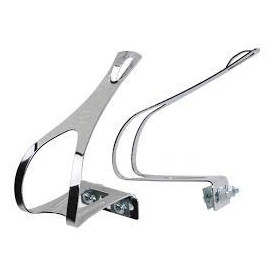 New productToe clips set VP-712 size L
New productToe clips set VP-712 size L- €9.99
-
 New productToe clips set VP-712 size L
New productToe clips set VP-712 size L- €14.99
-
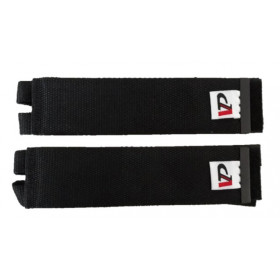 New productPedals straps VP-730
New productPedals straps VP-730- €3.99
-
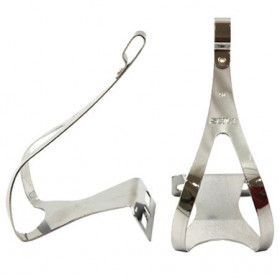 New product -37%Toe clips bike pedals MKS steel size M
New product -37%Toe clips bike pedals MKS steel size M- €10.07
- €15.99
-
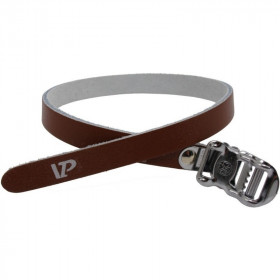 New productToe straps VP-715 395 mm brown
New productToe straps VP-715 395 mm brown- €4.99
-
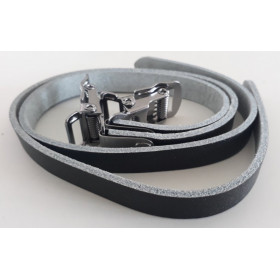 New productToe straps Messingschlager 395 mm black
New productToe straps Messingschlager 395 mm black- €4.99
-
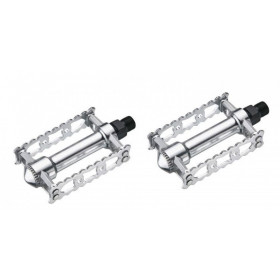 New productPedals aluminium VP-365 vintage
New productPedals aluminium VP-365 vintage- €16.99
-
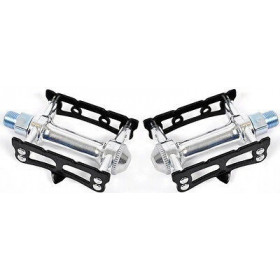 New productPedals MKS Japan Prime Sylvan stream black
New productPedals MKS Japan Prime Sylvan stream black- €22.99
Showing 1-8 of 8 item(s)
The pedals on a track bike are essential components that allow the rider to transfer power from their legs to the bike's wheels. Here is a description of their function, their characteristics, the standards and the different types of pedals for track bikes:
Function :
1. Power transmission:
Pedals allow the rider to transfer power to the bike's wheels, propelling the bike forward.
2. Control:
They provide the rider with a way to control the movement of the bike by allowing them to push and pull with their feet.
3. Comfort:
Pedals should provide good support for the rider's feet and be comfortable enough for long pedaling sessions.
Features :
1. Platform:
Track bike pedals can have a wide, flat platform to provide good support for the rider's feet, or be thinner and lighter for better aerodynamics.
2. Adhesion:
Some pedals are equipped with nubs or textured surfaces to improve the grip of the cyclist's shoes, especially when not using cleats.
3. Material:
Pedals can be made from aluminum, steel, reinforced plastic or magnesium alloy. Each material offers its own advantages in terms of weight, durability and performance.
Standards:
1. Thread:
Pedals usually have a standard thread that allows them to screw onto the bike's cranks. Common threads are 9/16 inch (14 mm) for standard pedals and 1/2 inch (13 mm) for children's pedals.
2. Axis:
Pedals can have a steel, titanium or chromoly axle. Lighter titanium axles are often used on high-end pedals.
Different types of pedals for track bikes:
1. Flat pedals:
These are standard pedals with a flat platform that allows the cyclist to pedal with any type of shoe. They offer freedom of movement and are often used by beginner trail cyclists or those who don't want to use cleats.
2. Clipless pedals:
These pedals require special shoes equipped with cleats that attach to the pedals. They provide greater control and pedaling efficiency by allowing the rider to pull upward during the pedaling cycle.
3. Combination pedals:
These pedals are equipped with a flat side for use with normal shoes and a side with cleats for use with special shoes. They thus offer versatility for cyclists who want the possibility of using both types of shoes.
In summary, track bike pedals are essential components that allow the rider to transfer power to the bike's wheels. With specific features such as platform, grip and material, as well as manufacturing standards, they contribute significantly to the rider's comfort and performance on the track.
